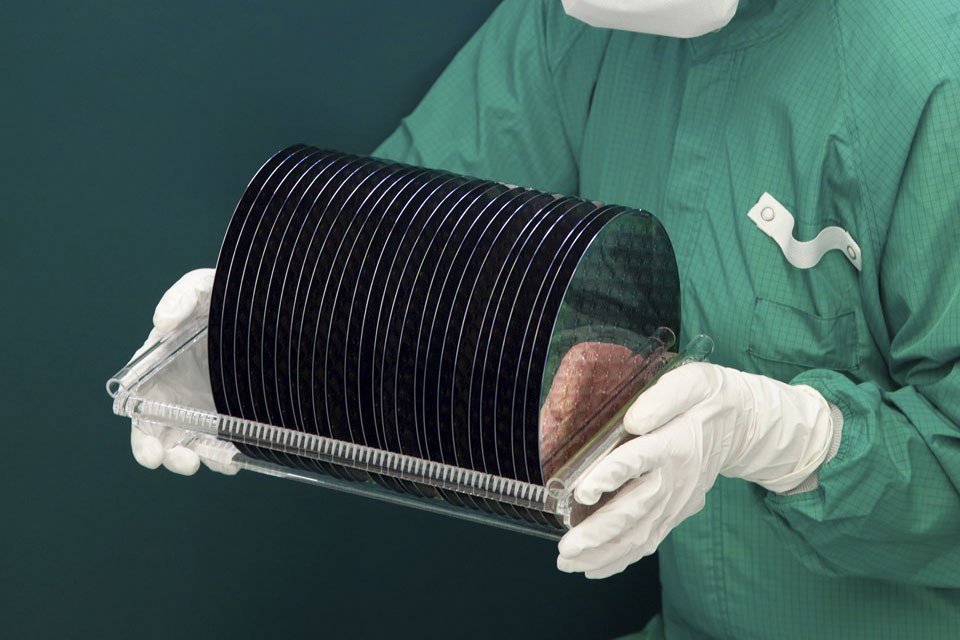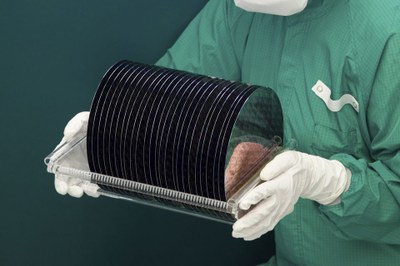Copper, Gold and Tin for Efficient LED Chips
With gold, copper or tin and special galvanizing processes, scientists are improving the function of semi-conductors and making the manufacture of microelectronic systems a child‘s play. Especially the LED industry could profit from this.
They are particularly small, durable and economical: LEDs have conquered the automotive industry; it is already possible today to recognize the make of a car by the design of the LED headlights. Whether in the interior, displays, infotainment system or brake lights, parking lights or fog lights – a modern car offers many possibilities for LED technology to be used for lighting. Unlike the traditional halogen or xenon lights, light emitting diodes need LED drivers. Their most important task: they must continuously supply the light diodes with power. In addition, they are to carry out complex tasks and to control, for example, several LEDs in series, or switch individual ones on in multiple stages if the interior lighting is to be dimmable.
The requirements relating to the drivers are enormous: they must be immune to the high temperature and voltage differences in a car or be resistant to aggressive chemicals. In order to guarantee reliable luminosity, a higher voltage must flow through the circuits of the LED drivers. Researchers from the Fraunhofer Institute for Microelectronic Circuits and Systems IMS offer manufacturers a process to manufacture the chips that suit these applications: it is based on galvanization, a process in the semiconductor industry, in which special metals are deposited on the semiconductors.
However, Prof. Holger Vogt’s department at the IMS, is backing copper, in particular. “This way, we can have more current flow through the chips”, explains Vogt. That is important, because for most applications the chips must become smaller and smaller – the current that flows through them, however, stays the same. However, integrating new materials, such as a layer of copper, is not always without problems, since there are limits to the regular processes for manufacturing chips. It is for this reason that the scientists at the IMS specifically constructed a manufacturing line for “post processing” – the MST Lab & Fab – to be able to subsequently improve the chips on the substrate wafers, depending on the requirements of the application.
In addition to copper, the engineers are also able to deposit other metals or compounds such as copper-tin or gold-tin onto the chips. “These layers can be soldered”, explains Vogt. That offers a substantial advantage: the cover can be soldered onto the chip, right there on the wafer. “The result is the smallest housing for a chip that can be had”, says Vogt.
In addition, the researchers in the MST Lab & Fab have been able to construct complex components within a single housing. The are able to solder two chips, such as an opto-chip with highly sensitive photo sensors with a CMOS-Chip (Complementary Metal Oxide Semiconductor) which can measure individual photons, to each other, using the copper galvanization process. Such microelectronic components are suitable for night-vision devices or for low-light microscope applications.
For additional information please visit Fraunhofer IMS or contact Prof.Dr. Holger Vogt


